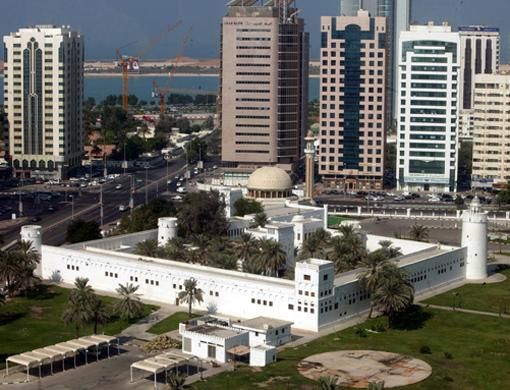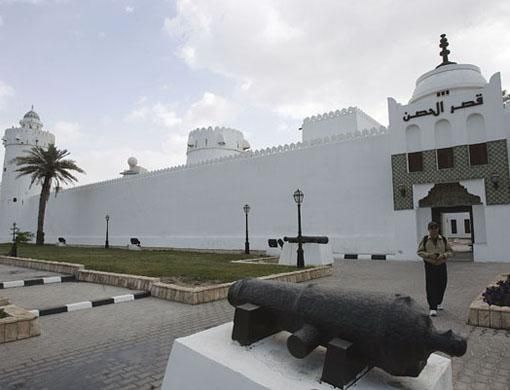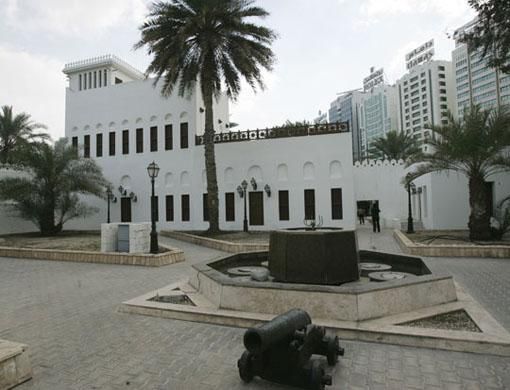History is getting a makeover in Abu Dhabi. And by the time the Dh1 million renovation of the Al Hosn Palace or Qasr Al Hosn is complete, the emirate will have its very own “Trafalgar Square''.
But even while the renovation is going on, there's no reason why you can't visit Abu Dhabi's oldest building, symbolising the political history of its rulers from 1795 till 1966.
And you won't be the only one, as it is visited by 10 to 15 busloads of tourists every day.
It all began in 1761 when a freestanding conical tower was built to protect the newly discovered water source.
The ruler of Abu Dhabi then developed the tower into a large fort to defend the area.
The water source allowed the emergence of a new settlement of the Bou Falah clan. Shaikh Diab Bin Eisa moved with his people from Liwa in the Western Region to the new location on the island.
This marked the beginning of the development of Abu Dhabi.
Integral structure
Under Shaikh Shakhbout Bin Diab, who ruled Abu Dhabi from 1793 to 1816, the old tower — which protected the water source — was integrated into a larger and rectangular fort.
The fort had two round towers and two square towers, with an enclosure incorporating the entire assemblage.
Many rooms or majlis were built to accommodate administrative and residential functions.
Since then, the fort became the official seat of the Shaikhs of the Al Nahyans until 1966.
Aside from being the main symbol of authority of the Al Nahyan family for decades, the fort was the main defensive feature in Abu Dhabi.
The fort protected the nearby maritime town and also acted as a main landmark in the city and a point of reference for ships.
“The fort embodies the memory of Abu Dhabi, the UAE and its people, which will help carry on into the future and inspire people to appreciate the wisdom and achievement of [our] forefathers.
It also plays a significant role in defining the character and tradition of Abu Dhabi and acts as a major landmark and symbol for the UAE,'' said Dr Sami Al Masri, director of Strategic Planning Office, Abu Dhabi Authority for Culture and Heritage (Adach).
Project Qasr Al Hosn
- It is linked to the topography of Abu Dhabi from the time of its initial settlement in the 18th century. It marks the location of the old water source, the reason behind the very existence of Abu Dhabi and its growth.
- For decades, it was the seat of rule of the successive Shaikhs of the Al Nahyan family.
- It was a major defensive feature in the city and is also its main landmark.
- It depicts the changing tradition of building and construction in Abu Dhabi from the 18th century until the 1990s.
- It could have an important educational role in interpreting the history of the city, its rulers, topography and architectural traditions.
Note: People can visit the external building and the internal courtyard from 7.30am to 6.30pm. There is no guided tour and admission is free.
At the moment, the palace itself is closed because it is undergoing reconstruction work and will be developed into a memorial.

















